Software
In this section you can check out some of the most interesting projects I created or participated in, throughout the years.
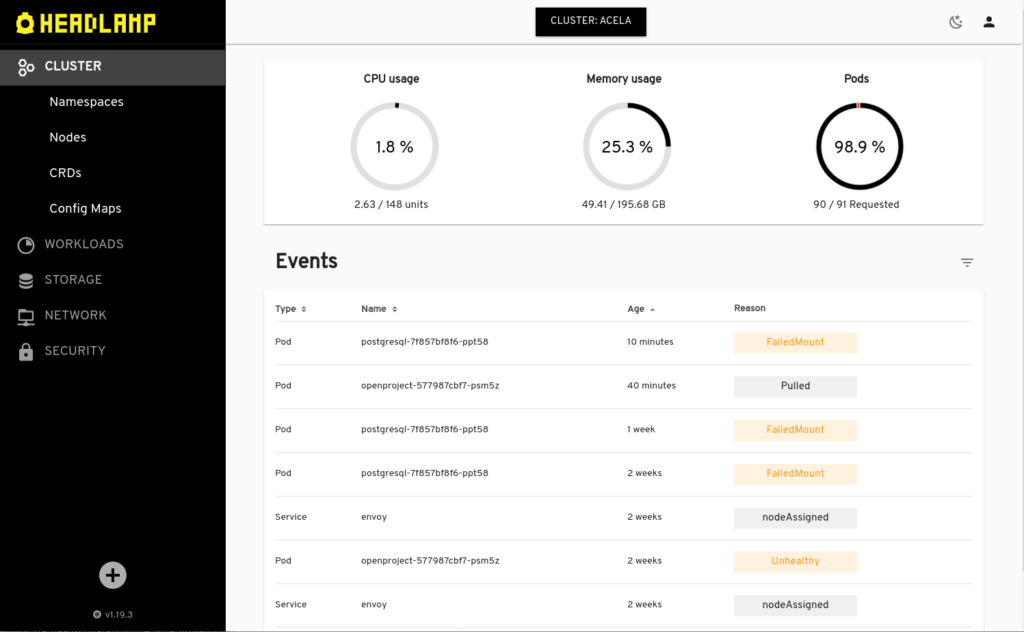
Headlamp
Headlamp is an easy-to-use and extensible Kubernetes web UI created to be a Kubernetes web UI that has the traditional functionality of other web UIs/dashboards available (i.e. to list and view resources) as well as other features.
Learn more →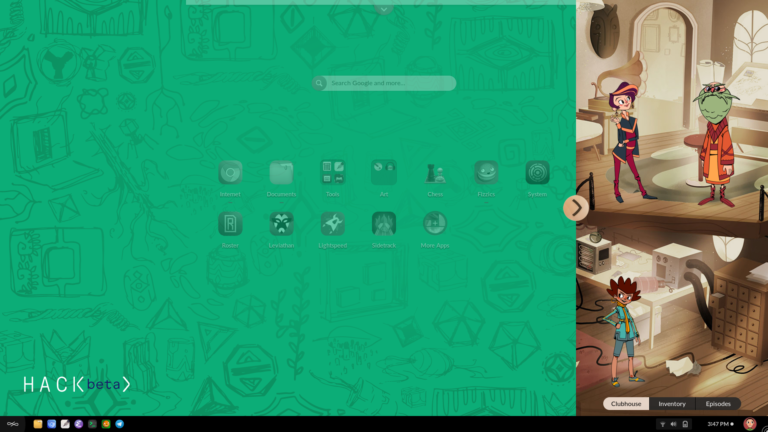
Hack / Clubhouse
Hack is an Endless initiative to teach children computing concepts and code in the form of an operating system built to drive users seamlessly through a series of quests that encourage exploring, tweaking, and learning in a seamless, engaging way.
Learn more →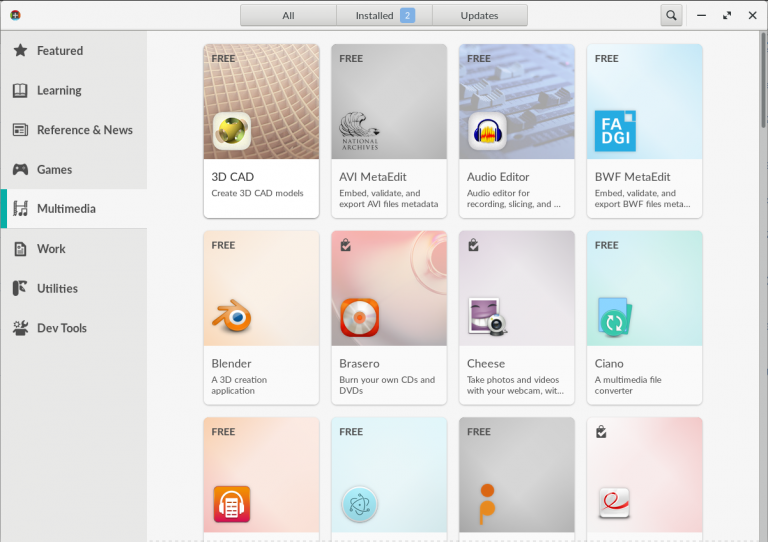
Endless OS / GNOME Software
Headlamp is an easy-to-use and extensible Kubernetes web UI created to be a Kubernetes web UI that has the traditional functionality of other web UIs/dashboards available (i.e. to list and view resources) as well as other features.
Learn more →
libradosfs
libradosfs is a complete client-side implementation of filesystem-like functionality based on Ceph's RADOS.
Learn more →
Skeltrack
Skeltrack is the world’s first Free Software library to perform skeleton tracking from depth images.
Learn more →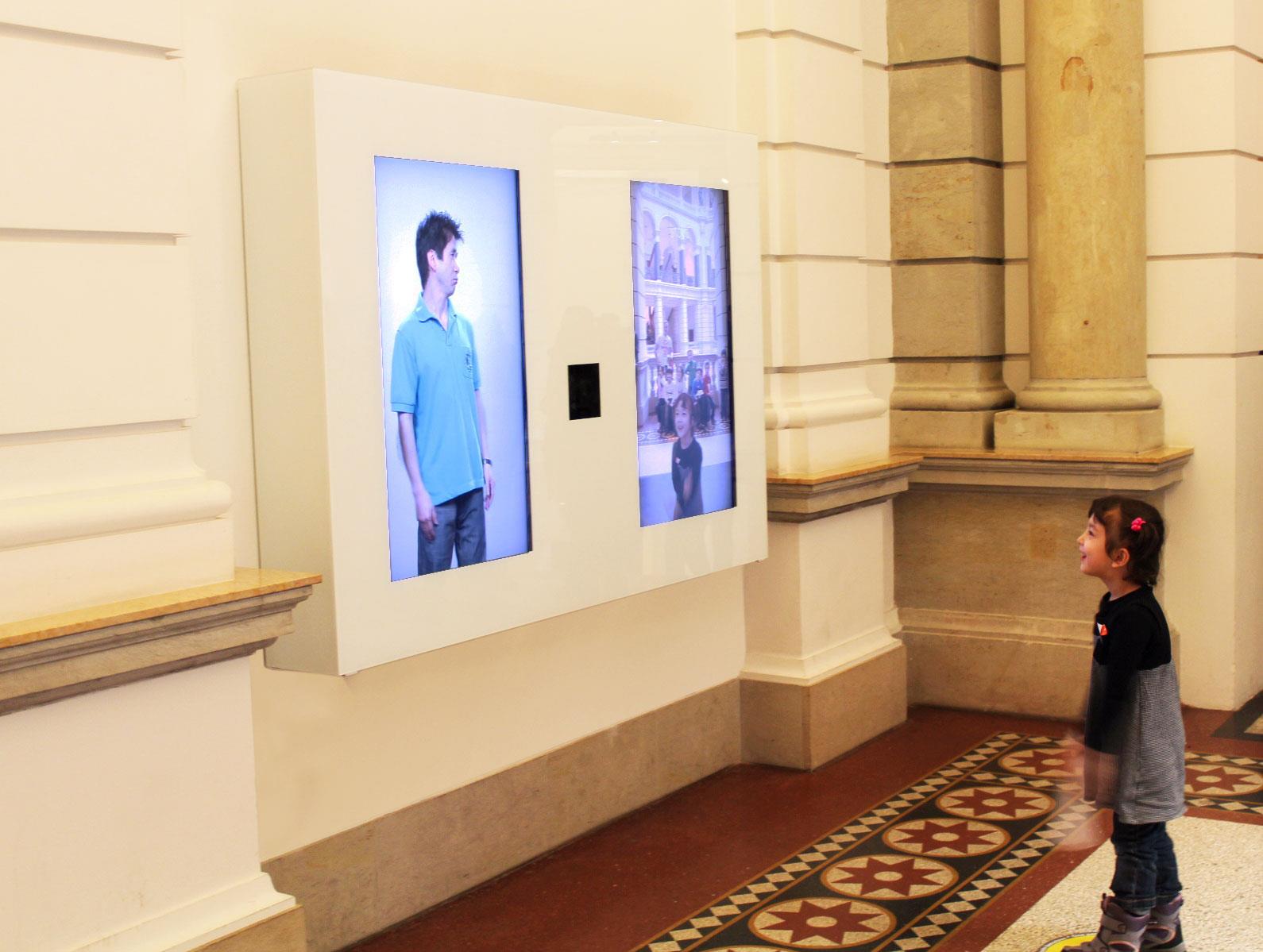
Installation in Museum für Kommunikation, Berlin
The salutations interactive installation is the first interactive installation to use Skeltrack.
Learn more →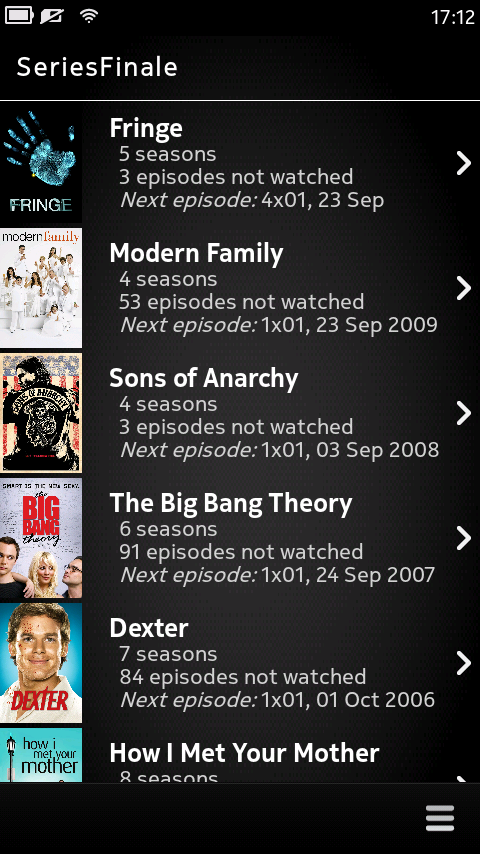
SeriesFinale app
SeriesFinale is a TV series and browser application for the Maemo (Nokia N900) and Meego (Nokia N9) operating systems.
Learn more →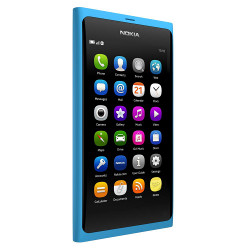
MeeGo Touch Framework
The Meego Touch Framework is a library for developing applications for the MeeGo.
Learn more →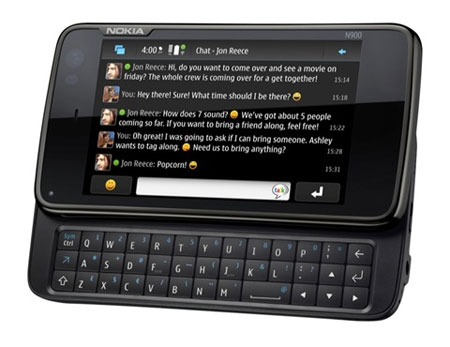
Hildon Input Methods Framework
The Hildon Input Methods Framework was responsible for managing the user’s input — both from the virtual and the physical keyboard — in the Nokia N900 phone.
Learn more →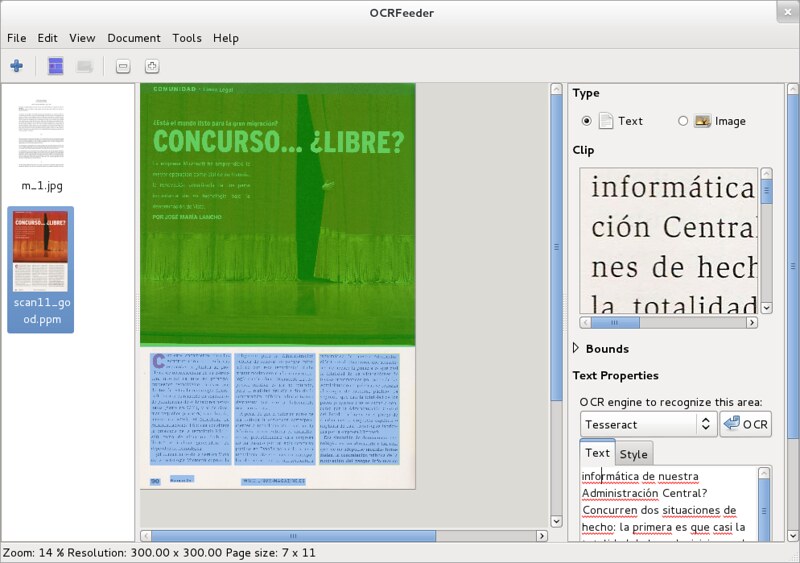
OCRFeeder
OCRFeeder is an open source document layout analysis and optical character recognition system.
Learn more →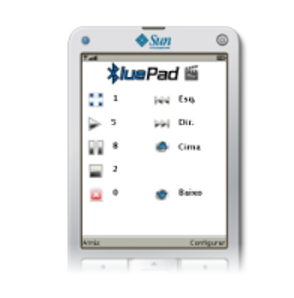
BluePad
BluePad was a little application that turned a cellphone into a remote for a computer.
Learn more →